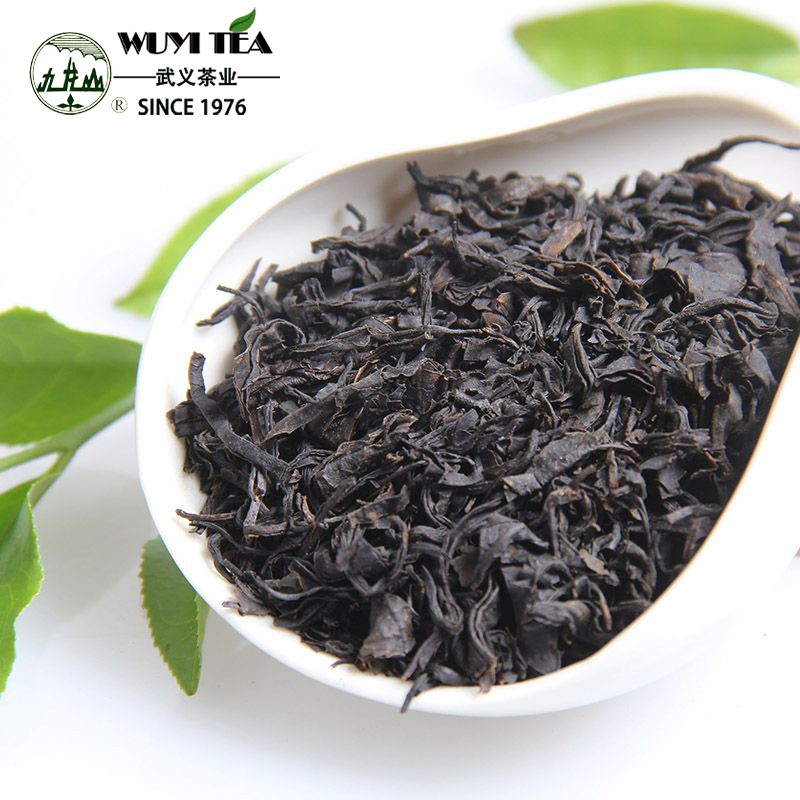How do We Save Oolong Tea?
2025-06-17
Oolong tea, as a typical representative of semi-fermented tea, its quality core lies in the unique aroma components formed by enzymatic oxidation and thermal curing and the hierarchical transformation of polyphenols. The leaf structure is characterized by a "green leaf-red rim" with red-stained edges and a greenish center, containing hundreds of volatile aromatic compounds and active enzymes that are not completely inactivated. The particularity of this biochemical structure determines that it is necessary to establish a triple protection system for its storage.

Protect oolong tea from light. Ultraviolet light can stimulate the decomposition of chlorophyll and catalyze the isomerization of ester aroma compounds, resulting in browning and aroma deterioration of tea soup. Constantly temperature storage inhibits molecular thermal motion, and temperature fluctuation accelerates the automatic oxidative polymerization of catechins, causing flavor intensity attenuation. Moisture content of leaves was kept in balance under relatively dry state. The higher water activity promoted the proliferation of microorganisms, while the lower water activity accelerated the dissipation of volatile substances.
Oolong tea needs to be kept sealed to prevent odor. Aluminum foil composite film or glazed porcelain can block oxygen penetration, can delay the sustained slow oxidation of polyphenols. Seal the environment and prevent high-polarity aroma molecules from escaping outward to avoid reverse infiltration of external odor molecules. Period opening and closing of the vessel can adjust the internal gas pressure, but increasing the frequency will destroy the established stable gas phase equilibrium.
Low temperature environment can inhibit residual enzyme activity. Oolong tea de-enzyming process retains some active groups of polyphenol oxidase, and can still carry out weak enzymatic browning at room temperature. Refrigeration freezes enzyme proteins, but be wary of the risk of condensate reverse osmosis. The micro-porous structure of the inner wall of the pottery absorbs environmental water molecules to form a dynamic humidity buffer layer and weaken the hygroscopic deliquescence tendency of the tea.
Do you need to freeze oolong tea to block aging?
Freezing will cause ice crystal damage to cells, and cell fluid extravasation during thawing will lead to flavor loss. The cold storage combined with sealed container is enough to inhibit enzyme activity, excessive low temperature will destroy the integrity of tea cell wall.














